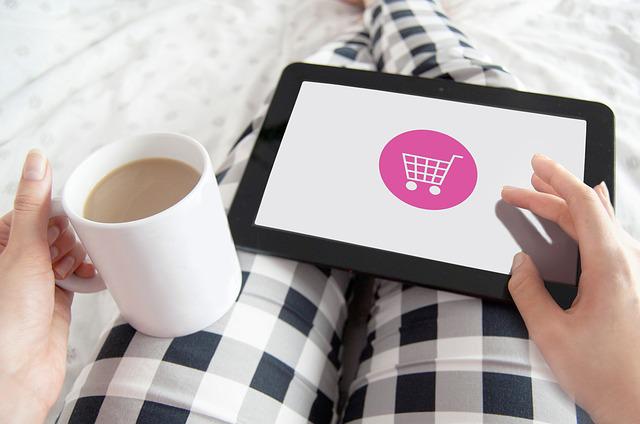Building Your First Shopify Store
If you’re new to Shopify, you can start by setting up your account. You’ll need to select a theme, add products, collections, and set up tax regions. You’ll also want to customize the design of your store. Here are some tips for getting started. You’ll want to include a product photo. Once you’ve uploaded a photo, you’ll need to add a product title to make it clear to customers what you’re selling.
Customizing a theme
If you are building your first Shopify store, it is important to know that there are many different options for customizing the theme. You can select a free or paid theme and customize it to suit your needs. Then, you can add your own functions and integrate third party apps to make it even more personalized. Theme customization can be challenging but it can make your store look stunning. Here are some tips on customizing the theme.
First, choose a theme with color swatches. You can customize a theme for your own personal use or to use for clients. When selecting a theme, make sure that you have a clear vision of the end result. Once you’ve decided on a theme, look for files in the assets folder: CSS, JS, and SVG files. Another folder is Sections, which contains files used to build dynamic templates. Finally, you can find reusable code in the Snippets folder.
Adding products
When building your first Shopify store, you will first need to decide what to sell. It is important to remember that some products, services, and businesses are not allowed on Shopify. For example, you will not be allowed to sell adult toys. This will cause you a lot of problems when you try to sell adult toys. Thankfully, there are many ways to solve this problem. Keep reading to learn more about how to add products to your Shopify store.
Adding products is a time-consuming process. Before adding products, do some research into the market and competition. You will need to know what your target audience wants and what your product will sell for. A tool called Sell The Trend can help you find the best products and determine what your competitors are selling. It also has over seven million products to browse. If you don’t know what to sell, you can always wait for the 14-day free trial.
Adding collections
When you’re building your first Shopify store, you’ll want to take advantage of the collection feature. Collections are groups of products, which you can organize by type or category. For example, if you sell t-shirts, you’ll want to separate your products by size and color. These groups can be created manually or automated. The collection feature is available on the admin page. Once created, you can add products individually or set up a rule so that new products are automatically added to the collection.
One of the most common mistakes people make when building a Shopify store is that they don’t use collections. This is an enormous mistake, as collections are crucial to the success of your store. Collections allow you to categorize your products easily and make navigation easier. They also let you display key features of your products. They’re an important part of your store navigation and will help your visitors find the products they’re looking for.
Setting up tax regions
When building your first Shopify store, you will need to specify which tax regions your business will be taxed in. The different tax rates depend on what is taxed where you live. It is important to consult an accountant or tax expert to know what is best for your business. You can also consult the documentation provided by Shopify on how to set up tax rates. In addition, you will need to choose a payment gateway for processing credit card payments.
Once you’ve chosen a region, the next step is to set up the sales tax rates for each product. These taxes will be different for different countries, and each state has different rules. You can use the tool provided by Shopify to determine the best tax rates for each product. The tool will also calculate sales tax rates for your customers. However, you should know that you may not be required to collect sales tax from all customers. For example, if you’re a reseller, you don’t have to collect sales tax from repeat customers. If you’re a government organization or nonprofit, you don’t need to collect sales tax from them. You can ask them to provide you with a tax-exempt certificate.
Adding shipping options
Adding shipping options to your Shopify store is a vital step that you should complete before you launch your online business. While it may seem complicated, adding shipping rates is a great way to manage your shipping costs and ensure that you print accurate shipping labels. Shopify also gives you the ability to configure shipping profiles. Although you’ll likely only need a single profile to begin with, there are many more ways to customize your shipping experience.
Once you’ve created your Shopify store, you can start promoting your products. It’s best to start by adding a few products. The design of your store will be largely influenced by the type of products you sell. The goal is to design your store around your products, rather than based on other factors. Adding shipping options to your store will help you increase your sales and build a more responsive website.

